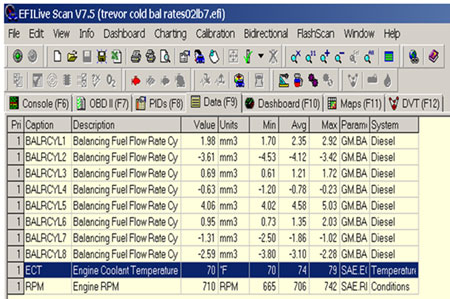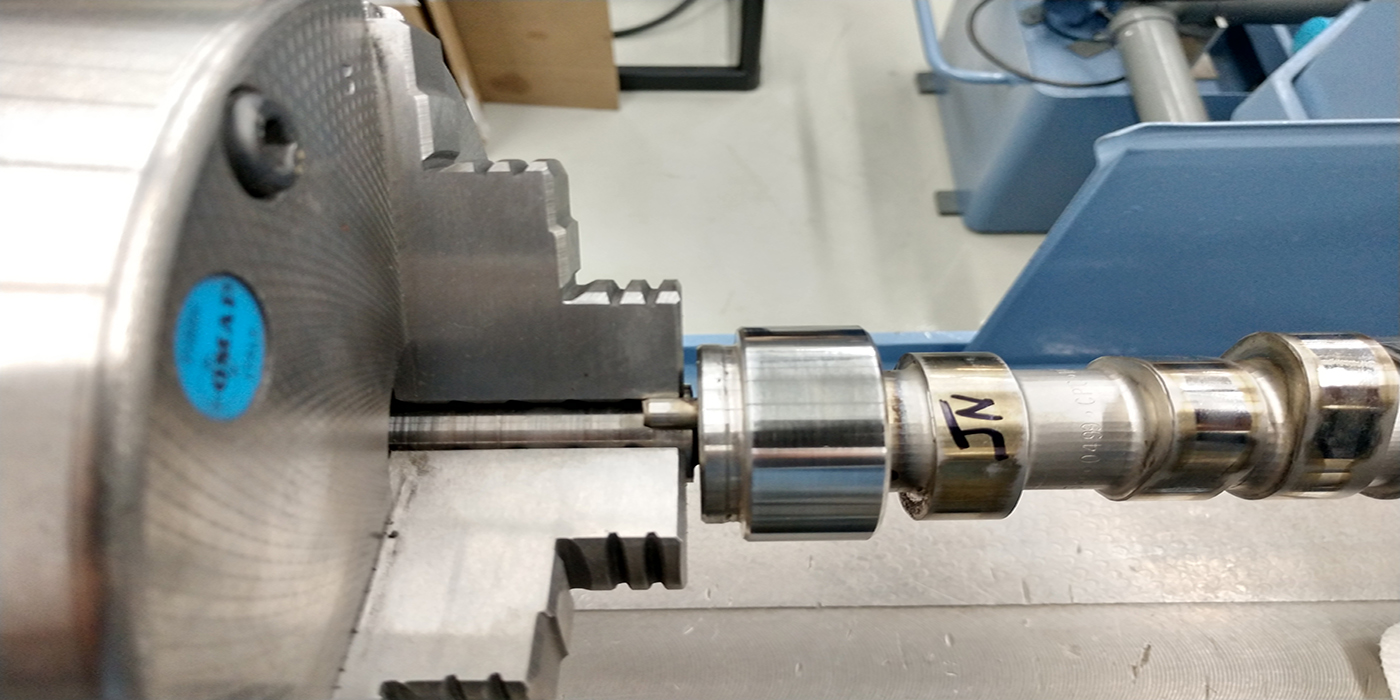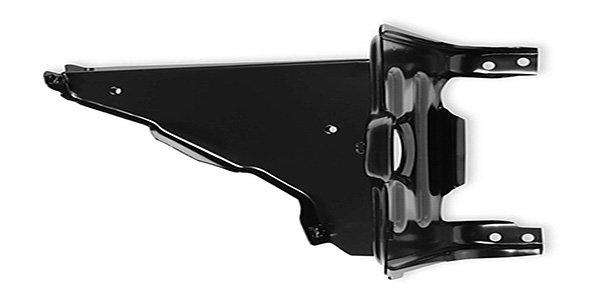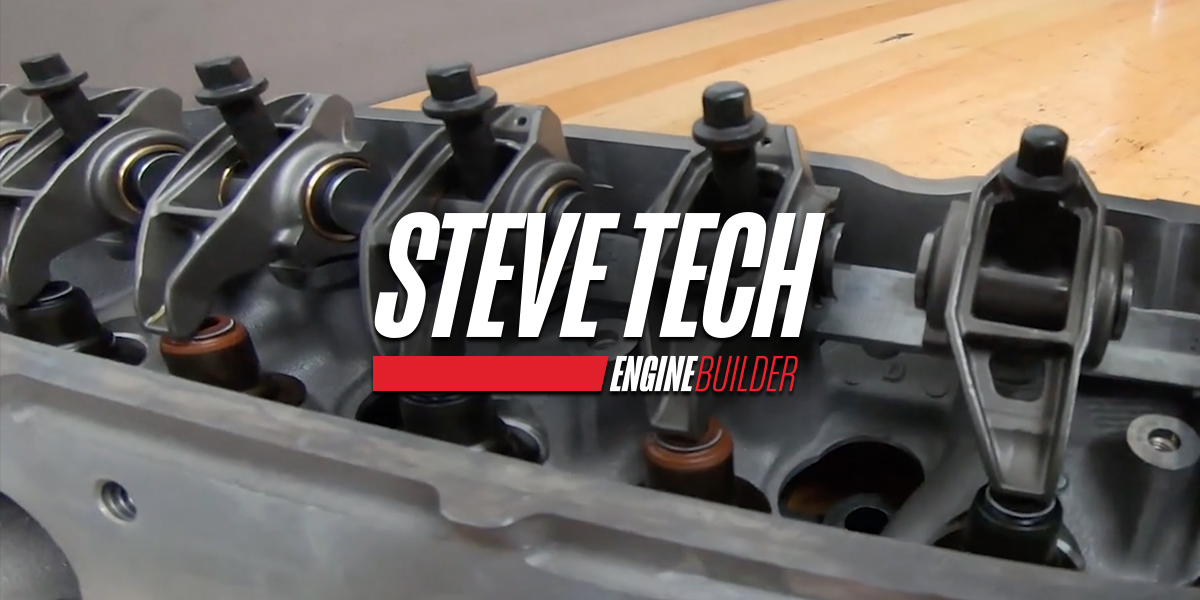

ProMedia Events and Publishing, the parent company of the Holley NMRA Ford Nationals and NMCA Muscle Car Nationals, has announced Augustine Herrera as the new NMRA/NMCA National Tech Director. His duties include overseeing fair competition in both drag racing series and leading the on-site tech staff at all national events. “Augustine joined our team in
ProMedia Events and Publishing, the parent company of the Holley NMRA Ford Nationals and NMCA Muscle Car Nationals, has announced Augustine Herrera as the new NMRA/NMCA National Tech Director. His duties include overseeing fair competition in both drag racing series and leading the on-site tech staff at all national events.
Check out these Shop Solutions from builders across the country!

Holley Classic Trucks can battery trays for 1981-1987 C/K Series trucks and Blazer/Jimmy/Suburban manufactured to precisely mimic the factory look with all of the original holes and contours. Related Articles – Rocker Arm Tech – Part 1 – Automotive Specialty-Equipment Retail Sales Reach New High – Rebuilders Choice Made from heavy-gauge steel and EDP coated

In this episode of Steve Tech, Steve Morris breaks down the fundamentals of rocker arms, rocker arm stands and valvetrain rocker arm geometry. Class is in session! Related Articles – The SCAT Story – Numbers Don’t Tell The Whole Story – Performance Rocker Arms

Despite what occurred throughout 2020, the specialty-equipment industry showed resilience with industry retail sales climbing from $46.2 billion to a new high of $47.89 billion in the U.S., according to the new 2021 SEMA Market Report. Related Articles – Future of Engine Building: Converting the Masses – Future of Engine Building: The Road Ahead for
The Power Tour is considered one of the biggest and best road trips in the nation for performance enthusiasts. A variety of special events are scheduled throughout the week, including a highly anticipated cruise night in downtown Memphis (home of CPG) on the Tuesday, June 4. Related Articles – New AETC Website Debuts – PRW
Each year AETCbrings together engine builders, racers, engineers and media members from around the world to exchange information on the day’s most popular engine-building topics. In an effort to make information about the conference even more accessible, AETChas recently launched an updated, easy-to-navigate website. Related Articles – Eaton Sponsors Western Michigan University Student Race Car
The PRW warehouse distribution center and corporate headquarters in now located in Perris, California. In addition to being designed to maximize storage and order shipping, the facility has an abundance of office space that houses the sales, management and support teams, an employee break room, conference rooms, and a larger engineering and product development department.
Charles Barnett, vice president of sales and marketing at Dura-Bond Bearing Co., will be heading up the consoliated efforts between Dura-Bond and Melling. Barnett has been a long-term employee at the company as president prior to the Melling purchase several years ago. He also had a career with ACDelco/General Motors and previously served as general sales